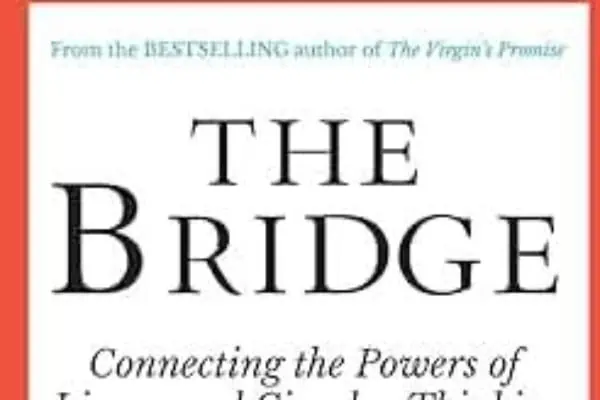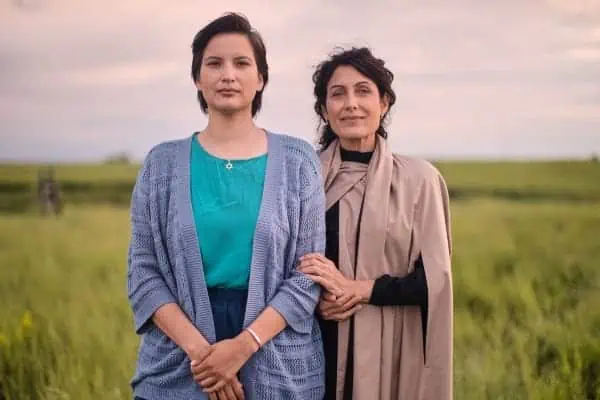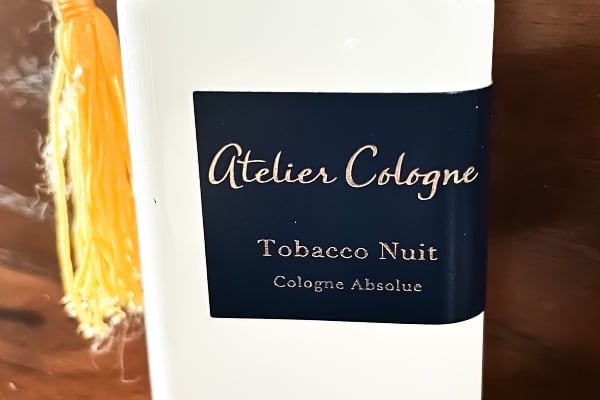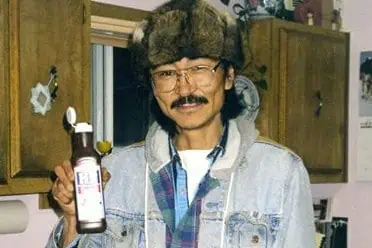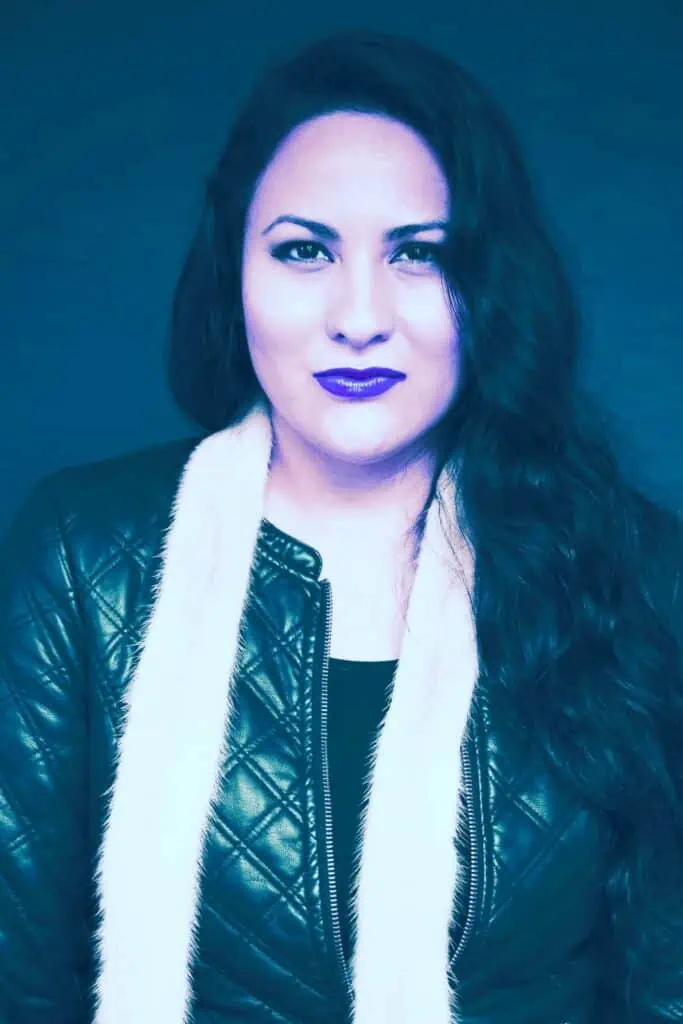
It’s her first day on the job and Chantal Rondeau is starting with a list of the Yukon’s 14 First Nations. “I cross them off when I get a piece of their clothing on the runway,” she says.
The producer of the Adäka Fashion Show, the splashy finale of the upcoming Adäka Cultural Festival, June 26 to July 2, says her “number one goal” is to see the Yukon’s traditional fashions, dance regalia, and bush garments fully represented. “It is important to me to show the variety of clothing from all over the Yukon.” “Chantal has a lot of good connections,” says Caili Steel, the associate producer of the Adäka Cultural Festival. She will build on an inventory of designers from the first show in 2013.
The name, Adäka, is Southern Tutchone for “coming into the light”, Steel explains. “So, the culture is very strong and alive and this is the idea of communities being ready to share their culture.”
Besides the Yukon, First Nations fashions will be showcased from the entire North and Canada — with some international artists as well.
These guest artists will be announced as they are confirmed before the July 2 show.
There will also be dancers involved, who will entertain between sets. “It adds some movement,” says Steel. “And it is a chance to showcase some of our performing artists as well.”
It is an element of fun that Rondeau hopes will make the show as “upbeat” as it was two years ago. There were surprises then, and there will be surprises this year.
With models on the runway, dancers and lights, Steel points out that this is not just about high fashion: “This is a community event; there will be bush garments, pieces that First Nations members would wear in the bush. “Often those garments are intricately beaded. And there are hide jackets that have been made from traditional materials, beading and furs. “They are nice to look at, but important for members of the community to see them. “Maybe there is a significance of who made them,” Steel adds. “It is meaningful for more than just how it looks.”
There is also a push to get contemporary designs showcased. “There are two aspects of contemporary First Nation designs,” says Rondeau. “One is that the designer is of First Nation descent and makes clothing that is not traditional. “The other is if they put a native spin on the designs. “An example is Jeneen Njootli, who is from Old Crow and makes wonderful clothing. “A piece that stood out last time was a cape that was made out of her grandmother’s old curtains. It mixes something visual for people, that old curtain that we all recognize from an Elder’s home, made into a beautiful contemporary piece.”
Besides the sharing of cultures, there is also a side benefit: “I think this puts our designers on the map,” says Rondeau. “This not only gets attention from the Yukon, but also from the native community as a whole. “I have a huge network of people from across Canada and the U.S. who pay attention to this fashion show. “I am so passionate about our clothing and what it represents,” she says. “I enjoy seeing our people succeed.”
Tickets are on sale now at www.yukontickets.com and at the door July 2, for the 7 p.m. start. However, the show was sold out in 2013.
Tickets are $25 for adults, $15 for elders and youth.
Information on the Adäka Cultural Festival, June 26 to July 2, is available at www.adakafestival. ca.

